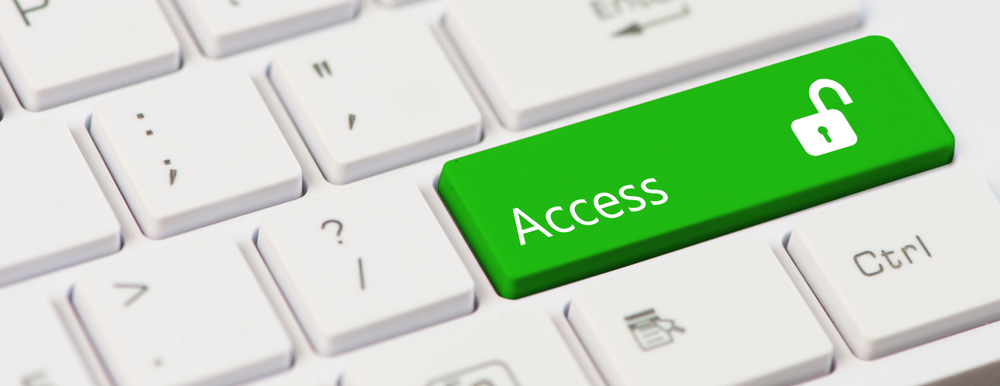Prepare and share

What happens with the project's research data once they have been collected, processed and analysed? The research project is coming to a close, but there is still some data processing to be done before the results can be presented and the project completed. Research data can come to be reused long after a project has ended, for example to recreate results, use data for new analyses, or if someone wants to review published results after accusations of research misconduct. Even if there are no direct plans for further research on the material, it is important for you, as well as for potential reviewers, to be able to backtrack the research process. This means that you need to make sure that the documentation is so comprehensible and thorough that both you and others can understand the material, even after a long time.
In this section we describe what you need to do in order to make data accessible for further research, for example regarding documentation. We will discuss the benefits of persistent identifiers, what it means that research data are FAIR, and look at some possible restrictions on reuse. We will also demonstrate some phenomena which are either frequently misunderstood, or associated with dissemination of and access to research data: Open Access, data journals, and publication in general. Some questions you may want to consider are:
- What do other researchers need to be able to do research on data from my project?
- What data documentation do I have, and does it need to be revised or complemented?
- Are there any restrictions on how or when data may be reused?
- What is a PID and a DOI, and what good are they to me as a researcher?
- What do the FAIR data principles mean and what is their role for research data?
- What do Open Data, published data, and Open Access mean?